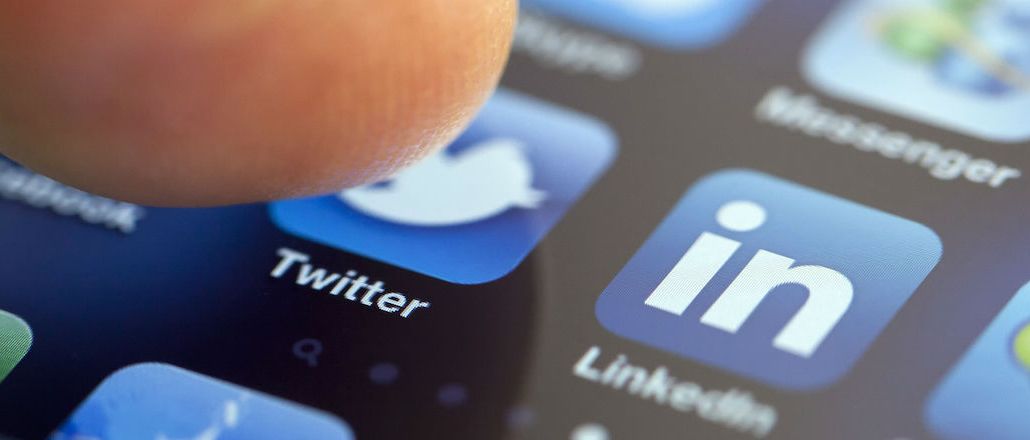
Twitter is using the spotlight of Cannes to roll out a “suggested video” feed, among a number of product updates that gave more tools to publishers to share and make money from their clips.
This could be one area where Twitter finds an advantage over its all-powerful rival Facebook, where a suggested video product has been less than lucrative.
One publisher revealed making only $25,000 from 50 million views through Facebook’s suggested video program. The Facebook program works by showing promoted video ads in between organic video posts from publishers, and splitting the revenue. Facebook is also paying millions to big media companies and celebrities to use Facebook Live.
“I’m not sure if users aren’t adopting it, preferring to watch in-feed rather than tap the suggested videos, or advertisers aren’t buying,” the publisher said.
Facebook is still developing monetization options for video publishers, and has opened up opportunities to sell video sponsorship with a branded content program. Facebook can afford to take its time figuring out the revenue side of the business, because of its soaring profits, which reached $1.5 billion last quarter.
Meanwhile, Twitter, with about 300 million users, has lagged far behind Facebook and Instagram in terms of audience, and now sees Snapchat threatening, too.
For now, Twitter’s smaller scale has kept its revenue potential limited, especially for video partners. If it moves aggressively to reward publishers with more direct paths to revenue, that could give the platform at least this one advantage against Facebook.
Yesterday, Twitter showed off its suggested video feed, which lets users click over to watch more content from a publisher, much like on Facebook.
The new look for Twitter video showed how its biggest partners like Major League Baseball and the National Football League could share game highlights and entice viewers to check out more in a never-ending scroll of content. The update came just ahead of the Summer Olympics and the football season, during which Twitter will stream NFL games for the first time.
Media companies, publishers and content creators make money on Twitter through its Amplify program, where pre-roll video ads are served ahead of their content. Twitter has smaller reach than Facebook, but content owners appreciate this more direct way of making ad dollars. Facebook has been philosophically opposed to pre-roll video ads.
As part of the video updates yesterday, Twitter expanded the Amplify program to work with Vine creators, giving them their first real path to making money. Twitter also launched an app called Engage, specifically to help video creators interact with fans.
Some think that Twitter already missed the boat with Vine becoming a destination for content creators to find riches like they have on YouTube and could find on Facebook. However, Twitter has an advantage with live events and breaking news that it has retained despite Facebook’s persistent challenges, according to Topher Burns, director of product innovation at Deep Focus.
“If Twitter can be a successful home for the NFL to monetize content, it makes a clear statement about the direction Twitter is going and the viability of publishers creating content for the platform,” Burns said.
More in Media

Digiday+ Research: Publishers take their focus off events as revenue dips
The percentage of publishers making money from events hit a low as of the first quarter of this year and, as a result, fewer publishers plan on putting a focus on growing that part of their business.

What platforms, brands and agencies hope to get out of the Possible conference in year 2
Year two of Possible is once again being held in Miami Beach, and it will take place from April 15-17 with 3,000 attendees expected to listen to another 200 or so speakers, including Snap’s Colleen DeCourcy, Uber Ads’ Megan Ramm and UM Worldwide’s Matthew Smith.

AI Briefing: Cloud giants’ AI ambitions create new partnerships — and new competitive concerns
Last week, tech companies like Google, Microsoft and Amazon all announced updates more updates for their cloud and AI efforts





